Vitamin C - properties and uses

Vitamin C, or ascorbic acid, belongs to the group of water-soluble vitamins and antioxidant vitamins. The human body does not have the ability to produce vitamin C on its own, so it must be supplied regularly with the diet. Vitamin C is one of the essential nutrients for the proper functioning of the human body and the long-term maintenance of good health.
- Vitamin C - properties
- Vitamin C - requirements
- Vitamin C - how much of it do people who regularly practice sports need?
- Vitamin C - where does it occur?
- Vitamin C deficiency
Vitamin C - properties
Vitamin C is a well-known antioxidant with a wide range of biological properties. Vitamin C has many very important functions in the human body, namely:
- participates in antioxidant defense by neutralizing the harmful effects of reactive oxygen species, which can cause damage to body cells,
- participates in the maintenance of normal skin condition and tissue integrity,
- assists in tissue reconstruction by enhancing collagen synthesis,
- accelerates the healing of wounds and burns,
- increases bone mineral density and reduces the risk of bone fractures,
- strengthens the body's immune system,
- regulates blood pressure,
- reduces arterial stiffness,
- lowers the concentration of LDL fraction cholesterol and triglycerides in the blood,
- prevents the formation of atherosclerotic plaque,
- improves the absorption of certain minerals (mainly
calcium and iron), - takes part in the production of carnitine, norepinephrine and serotonin,
- participates in the synthesis of steroid hormones,
- lowers blood glucose levels and alleviates diabetic complications,
- shortens the duration of upper respiratory tract infections and
colds, - probably reduces the risk of developing certain cancers (e.g. pancreatic cancer, lung cancer, cervical cancer).
Vitamin C - requirements
The recommended intake of vitamin C for adults is 75 to 90 mg per day, and takes into account mainly the needs of people with low to moderate levels of physical activity. There are several factors that increase the need for vitamin C. Among them are listed:
- prolonged and intense physical exertion,
- gastrointestinal disorders,
- chronic diseases of the gastrointestinal tract (e.g., celiac disease, Crohn's disease, malabsorption syndrome),
- older age,
- high blood pressure,
- diabetes,
- compulsive smoking,
- alcohol abuse,
- severe chronic stress.
Vitamin C - how much of it do people who regularly practice sports need?
The professional literature reports that the need for vitamin C increases in professional and amateur athletes. It is suggested that people who regularly engage in sports should provide 200 to 1,000 mg of vitamin C each day to reduce oxidative stress and delayed post-exercise muscle soreness (DOMS), as well as provide other health benefits (e.g., stimulation of recovery processes and tissue regeneration), without impairing the body's physiological adaptation to training loads. The recommended daily intake of vitamin C for athletes should come mainly from the consumption of five or more servings of fresh vegetables and fruits per day. Thus, the most vulnerable to vitamin C deficiency are sports people whose diets are characterized by a low supply of fresh, multicolored vegetables and fruits.
Vitamin C - where does it occur?
Rich sources of vitamin C are primarily fresh vegetables and fruits. Among the best dietary sources of vitamin C, there are such vegetables and fruits as:
-
Rosehips (250 - 800 mg/100 g),
-
Black currant (150 - 300 mg/100 g),
-
Parsley leaves (269 mg/100 g),
-
Peppers - various types (125 - 200 mg/100 g),
-
Broccoli (65 - 150 mg/100 g),
-
Brussels sprouts (65 - 145 mg/100 g),
-
Kale (120 mg/100 g),
-
Kohlrabi (70 - 100 mg/100 g),
-
Strawberries (46 - 90 mg/100 g),
-
Kiwifruit (84 mg/100 g),
-
Spinach (40 - 84 mg/100 g),
-
Cauliflower (37 - 70 mg/100 g),
-
Various types of cabbage (35 - 70 mg/100 g),
-
Grapefruits (30 - 70 mg/100 g),
-
White and red currants (26 - 63 mg/100 g),
-
Lemons (40 - 60 mg/100 g),
-
Oranges (30 - 50 mg/100 g),
-
Gooseberries (25 - 40 mg/100 g),
-
Raspberries (19 - 37 mg/100 g).
Vitamin C is a compound with very low resistance to external factors such as high temperature, oxygen availability, ultraviolet (UV) radiation, enzymes (especially ascorbinase), alkaline and inert environments, and the presence of preservatives and metal ions (e.g. copper, or iron). Hence, special attention is paid to consuming sufficient amounts of fresh, multicolored vegetables and fruits each day, preferably at least 500 g.
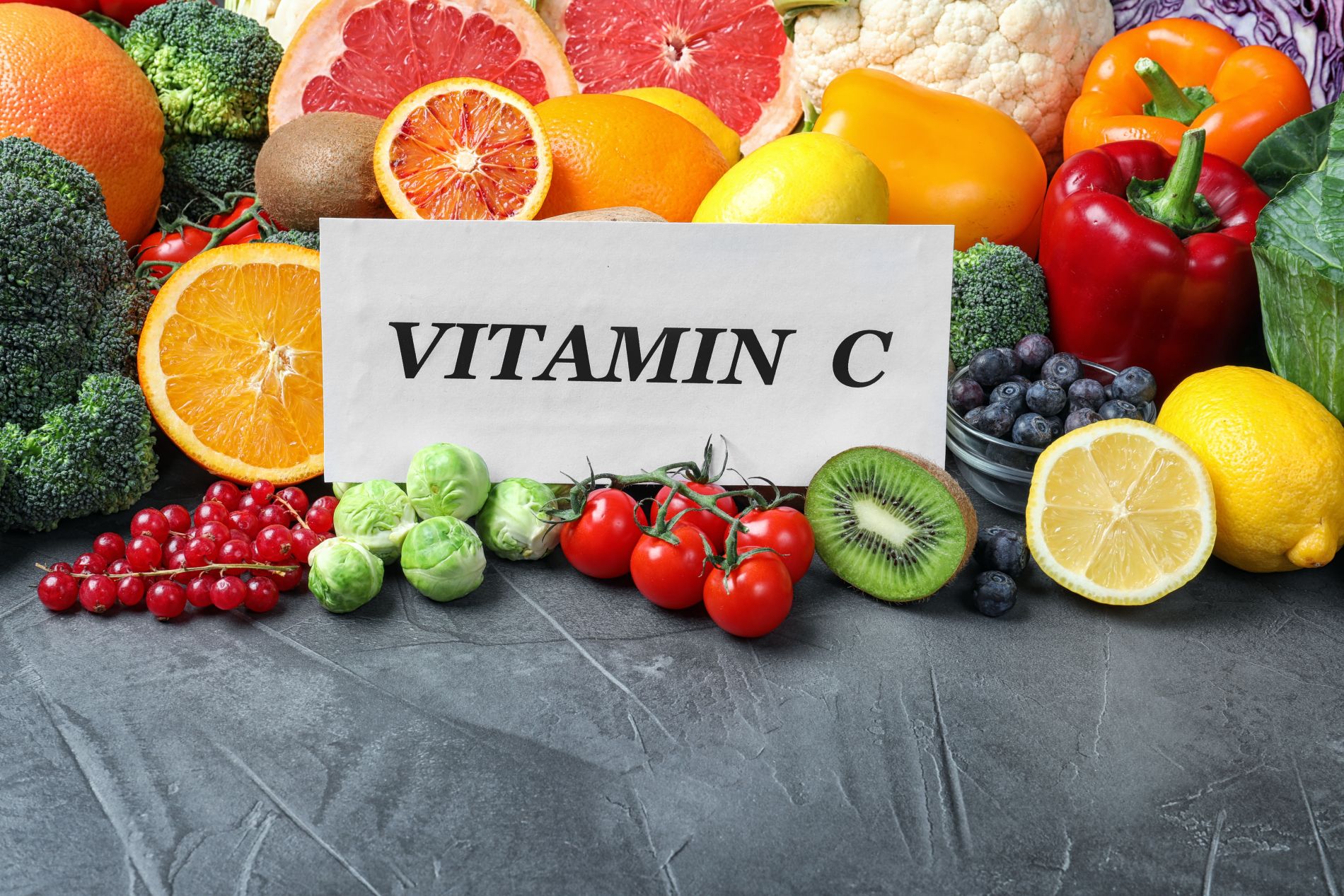
Vitamin C deficiency
Chronic insufficient intake of vitamin C from the diet can cause symptoms of vitamin C deficiency. Those most at risk of vitamin C deficiency are long-term adherents of restrictive weight-loss diets, patients with anorexia, alcohol abusers, compulsive cigarette smokers, people with celiac disease, patients with Crohn's disease, patients with malabsorption syndrome and people with poorly varied diets (especially the elderly). The main symptoms of vitamin C deficiency include:
-
weakness of the body,
-
increased susceptibility to infections,
-
fatigue,
-
decreased physical performance of the body,
-
more difficult healing of wounds,
-
bleeding from the gums,
-
bone, muscle and joint pain,
-
deterioration of skin condition,
-
disturbances in collagen synthesis,
-
swelling of the extremities,
-
deterioration of iron absorption.
Sources:
-
Janda K, Kasprzak M, Wolska J.: Vitamin C - structure, properties, functions and occurrence. Pom J Life Sci 2015, 61, 4, 419-425.
-
Ran L, Zhao W, Wang J, et al: Extra Dose of Vitamin C Based on a Daily Supplementation Shortens the Common Cold: A Meta-Analysis of 9 Randomized Controlled Trials. Biomed Res Int. 2018 Jul 5;2018:1837634.
-
Righi NC, Schuch FB, De Nardi AT, et al: Effects of vitamin C on oxidative stress, inflammation, muscle soreness, and strength following acute exercise: meta-analyses of randomized clinical trials. Eur J Nutr. 2020 Oct;59(7):2827-2839
-
Wojcik W., Śliż D.: Vitamin C in daily medical practice - facts and myths. Medicine Facts 2019; 4(45): 307-314.
-
Knypl K.: Vitamin C as an important preventive element in the infectious season. Medicine and Life. 2020, 7, 1-2(18):5-9.
-
Jarosz M, Rychlik E, Stoś K, Charzewska J. (eds.): Norms of nutrition for the Polish population. Narodowy Instytut Zdrowia Publicznego - Państwowy Zakład Higieny. Warsaw 2020.
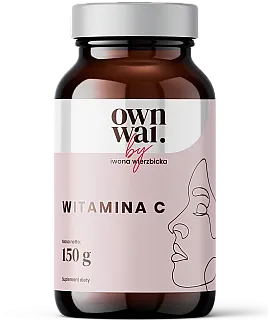
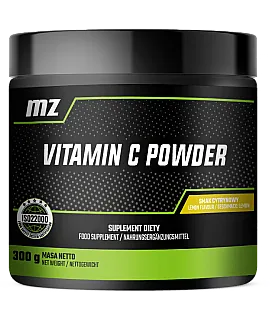
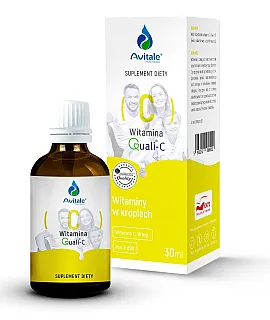
 ⮜ Previous article
⮜ Previous article
Which protein to choose for mass?
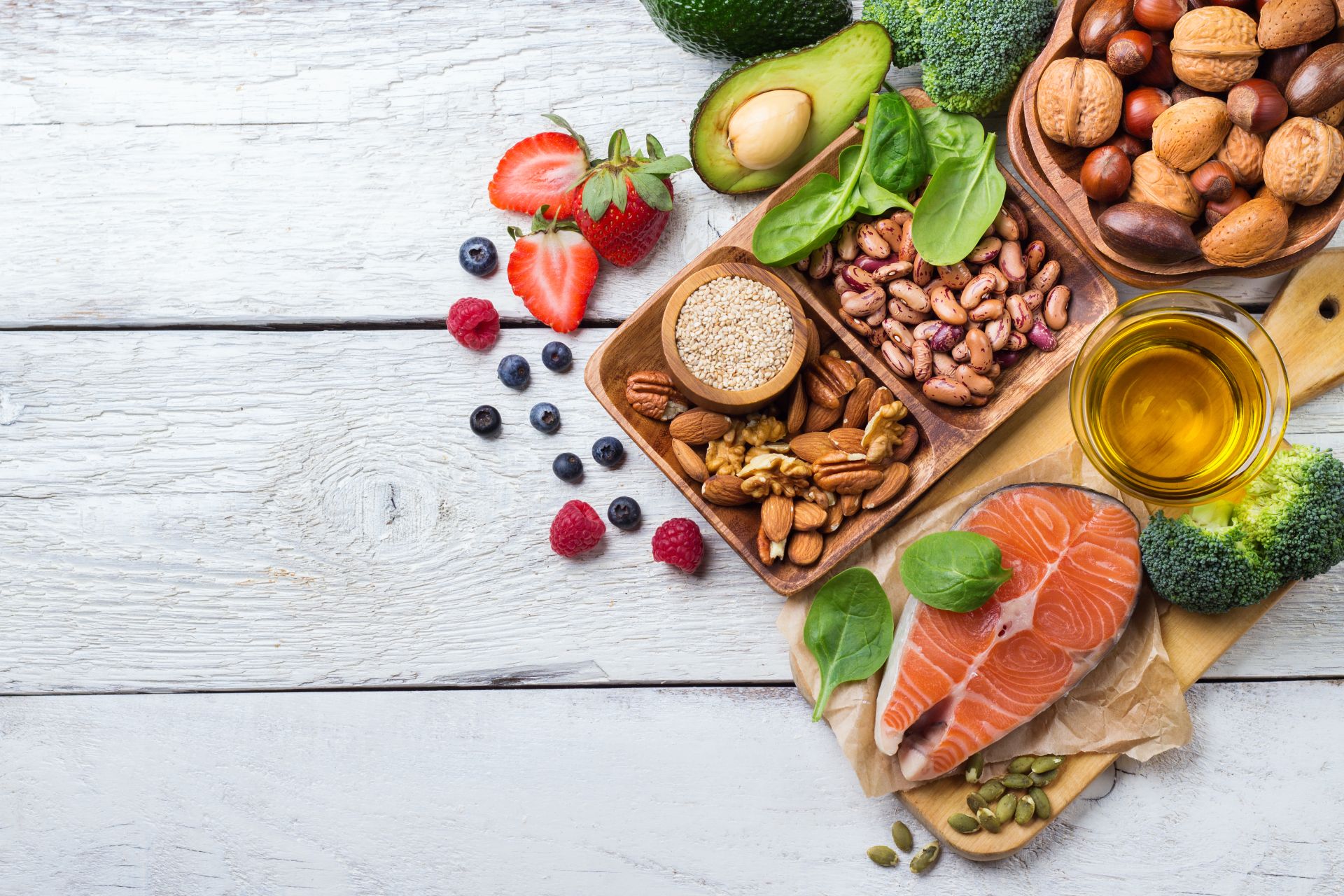 Next article ⮞
Next article ⮞